During the late summer and early fall, foliage can seem to offer substantial and lasting cover.
While the leaves are green and the canopy is thick, it’s easy to think your stand is located in an ideal tree.
It’s easy to forget what your treestand will look like from the ground once the leaves fall off. And if your tree doesn’t provide some form of cover, you’re likely to stick out like a sore thumb, which can result in that wary whitetail rubbernecking your setup.
While there are several ways toprevent being silhouettedor sky-lined, the most important is to pick the right tree. Now that trees are bare and hunting season is over, it’s the ideal time to see what trees offer the best cover when hunting later in the season.
Take Some Pictures
Especially for those bowhunters who hunt field edges, post season is an excellent time to pick what tree will offer the best cover. And there’s no better way to put this puzzle together than by taking a few pictures.
By simply kneeling in the food plot or food source, in order to keep the camera angle low, point the camera in the direction you are considering placing your stand.
By analyzing the photos, you’ll immediately see what trees offer the most cover. And by showing the darkest and densest places within the timber, the photos will help identify the most ideal places to hang a stand.
You’ll be surprised how a few photos will highlight both the sparse and dense areas within a group of trees. This simple process will give you an idea of what deer see when approaching your setup.
Photos can also be used to pick the perfect tree if hunting deeper in the timber. After you’ve located the general location for your setup, walk down the main game trail that heads past the prospective tree. Stop periodically to take a few pictures of the sky-line. Keep the camera low, angle it upward and make sure you capture a variety of trees throughout the process.
As crazy as it sounds, these photos will present a detailed blueprint of the best place to hang your stand.
Look For Limbs
My personal preference is to find two trees with just enough space in between them to hang a stand. (Especially, if either of the two trees has large branches below the 20-foot mark.) These additional branches will break up my silhouette, and offer additional cover during early fall. Given I have a 20-30 yard shot to a main travel route, these two-tree setups are ideal.
If a two-tree setup isn’t possible, a single tree with large limbs stretching out under my stand will also be a preferred choice. The large limbs underneath the setup will break up my silhouette and allow plenty of cover.
When analyzing photos as mentioned in the first tip, look closely to see how large overhanging limbs break up the vertical pattern of the hardwoods. Hanging a treestand behind or above these vertical/horizontal intersections will offer a 3D affect, which helps break up the hunter’s silhouette.
Tree Before Travel
If you can’t find the perfect tree within a reasonable shooting distance of a travel route or game trail, don’t panic. Post season is unique in that it provides several months for deer to get accustomed to change.
If you locate the ideal tree and can change the deer’s travel route, then focus on the tree first. Deer are constantly making slight changes to their travel routes, due to fallen trees or natural debris. Deer will also take the path of least resistance even if it’s man-made.
Making a new game trail by manipulating brush, limbs and/or logs is a great way to get deer to travel closer to your setup while being able to stay concealed in the perfect tree.
While every area does not offer an absolute perfect tree, spending a little time strategizing how to best avoid being sky-lined will pay big dividends next season.

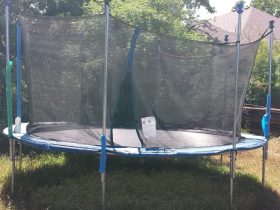



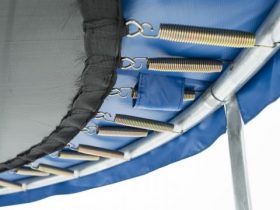
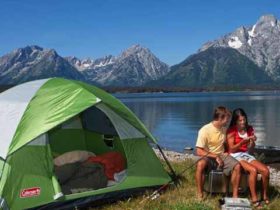
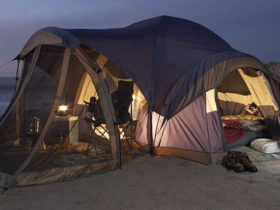
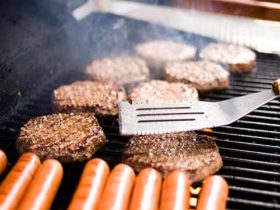
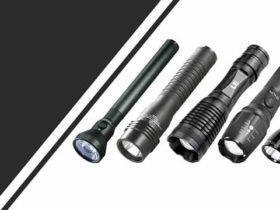
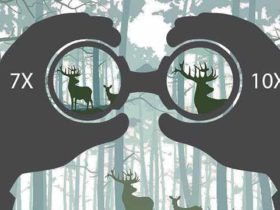
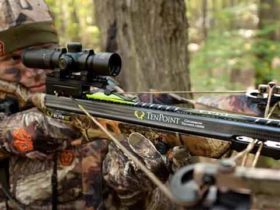
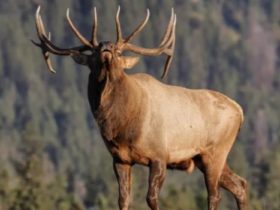
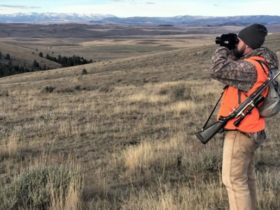
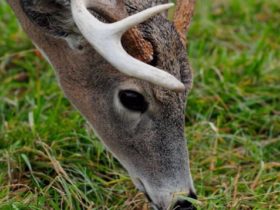
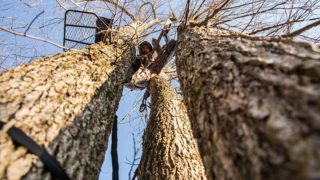
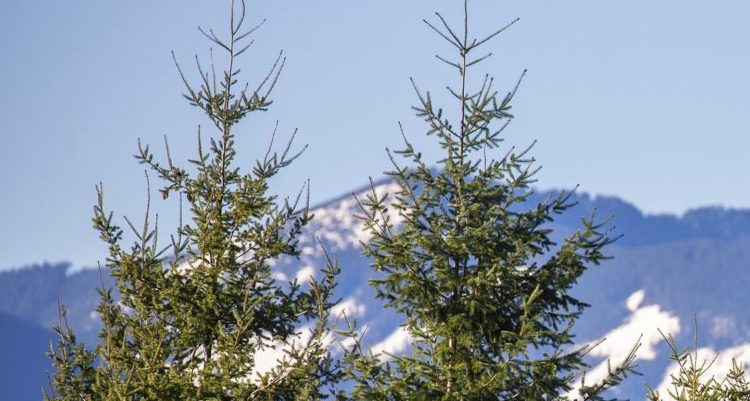
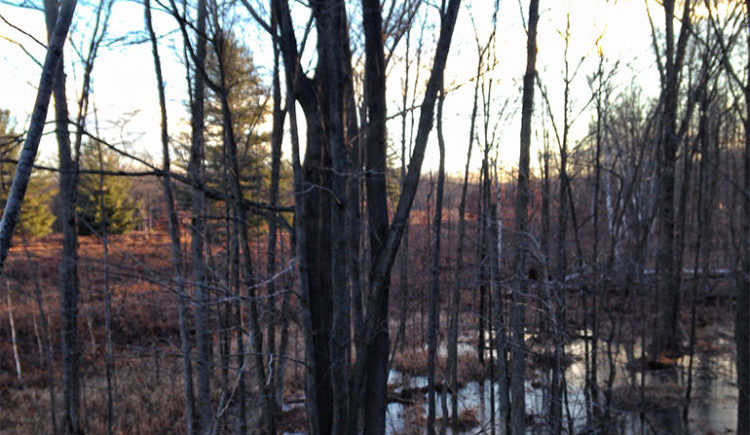




Leave a Reply
View Comments